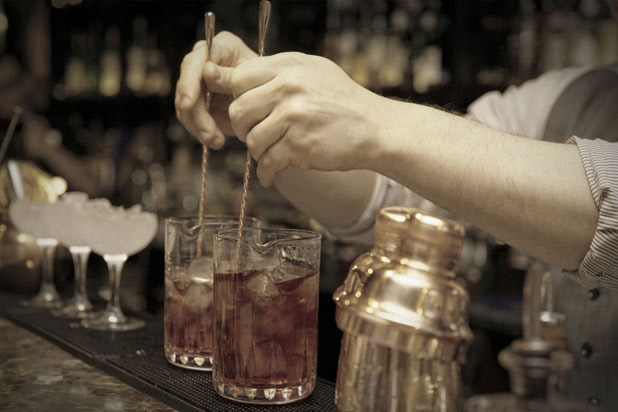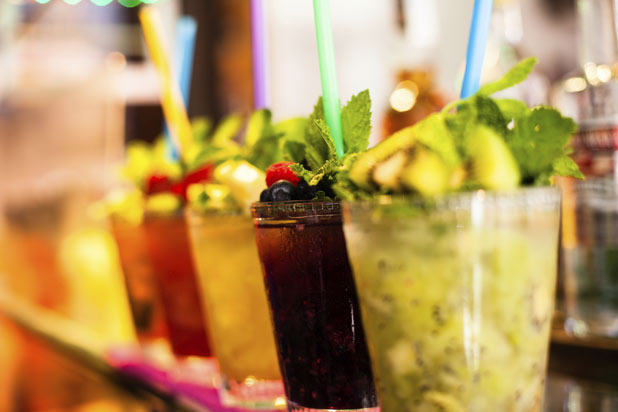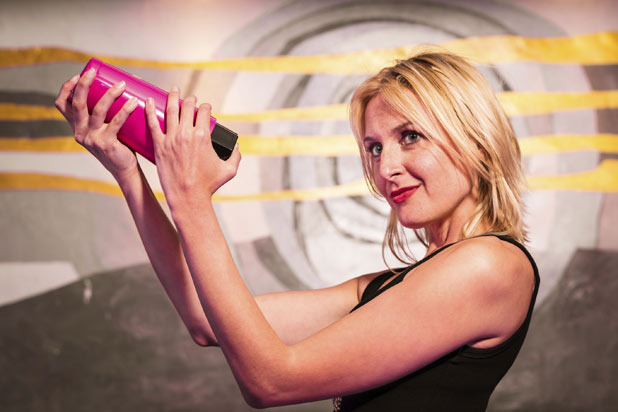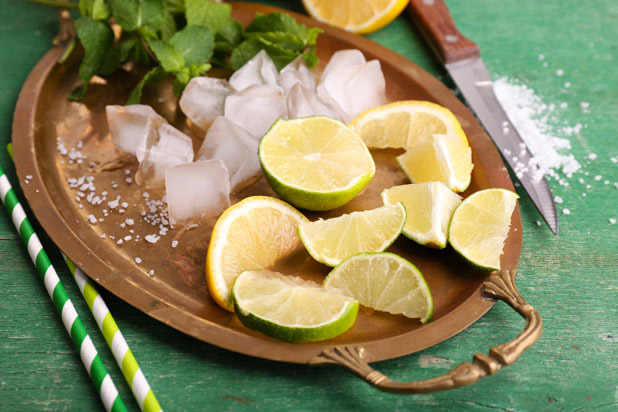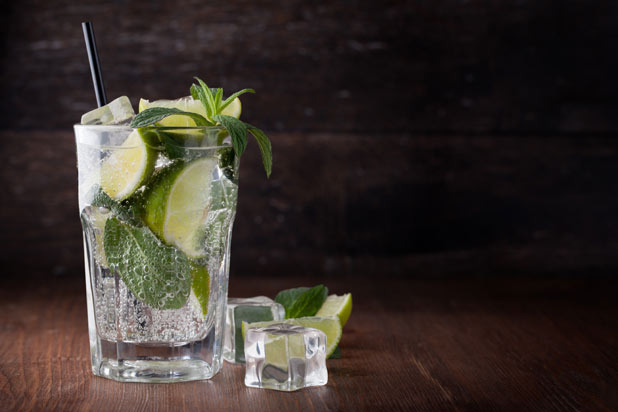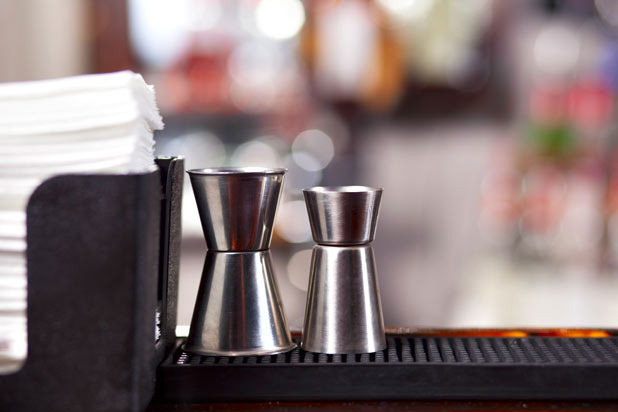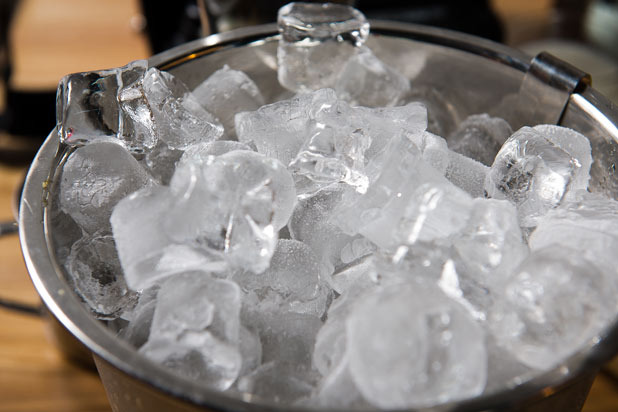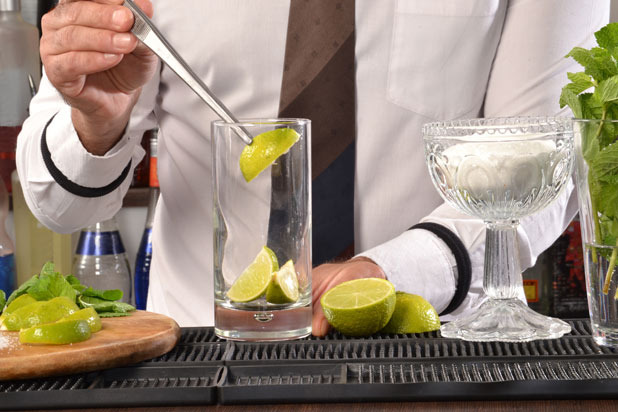Have You Been Making Classic Cocktails Wrong? (Slideshow)
We shake a cocktail when the ingredients are of different weights. Mixers like citrus juices are heavier than liquor, and need to be shaken in order to emulsify, aerate, and bruise the cocktail. A good rule of thumb to remember: only shake a drink that uses juice, egg, or cream in its recipe. Experiment with my version of a Cosmopolitan for a delicious shaken cocktail.
Know When to Stir ‘Em
I blame James Bond for the most common mistake made by a surprising number of professional bartenders out there: the propensity to shake absolutely every cocktail they serve. Bond's preference for a shaken martini should be the exception, not the rule. When mixing a cocktail that contains only spirits, alcoholic mixers (like vermouth or Cointreau), or wine, stir the drink to maintain clarity. The result is a silky, cold, and well-balanced cocktail that is not aerated or bruised. Try this recipe for a Yellow Jacket adapted from Kosmas & Zaric's fantastic book, Speakeasy, to master your stirring technique.
Keep It Clean and Tidy
Nothing can ruin a good drink faster than poorly-rinsed shakers and strainers. Sticky prep surfaces are just gross, and can also contaminate an otherwise delicious cocktail. Errant pieces of fruit garnish or spills on the floor are dangerous slip and fall hazards. Make sure you pick up, rinse out, and wipe down between every cocktail you mix.
Ice, Ice, Baby
Perhaps the most overlooked detail of any bar, home or professional, is the quality of the ice. Small cubes and melty ice will guarantee a subpar, watered down cocktail. To start, invest in several silicon ice cube molds that make ice larger than one inch cubed. The more surface area to the ice, the slower it will melt, and the purer your chilled drink will be. When you mix, make sure your ice is well-frozen. If you're really serious, make your ice using distilled water for the cleanest product possible.
Shake It Like You Mean It
My biggest bartender pet peeve is lazy shakers, and they're everywhere. Half-hearted shaking will result in a hodgepodge of a cocktail that's usually not worth drinking. When you shake your drink, fit your pint glass firmly into your shaker cup, bring it up above shoulder level, and hold it parallel to the floor. Shake it vigorously for at least fifteen seconds, and often longer if using bigger ice cubes. Don't hold back. If you think you're shaking too hard, shake harder. You'll know it's ready when the outside of the shaker cup is frosty.
Learn the Art of Muddling
Like slothful shaking, improper muddling ruins more cocktails than bad liquor ever did. To do it right, make sure you have a long muddler so you don't scrape your knuckles on the rim of the glass, and that it's not made of lacquered wood (that stuff chips off and gets into your drink). Muddle in a pint glass or shaker cup — something sturdy — on a stable surface. Standing over your cup, press down and twist until all the juice is squeezed out of the fruit and the herbs are bruised but not pulverized. Try this recipe for my Jalapeño Mojito to perfect your muddling skills.
Pay Attention to Your Ingredients
If you're throwing a cocktail party, and your guests are lining up, take this advice from a pro: slow down, take a breath, and pay attention to what you're doing. If you don't, you're liable to mistake Scotch for bourbon, salt for sugar, or lemon for lime. Plus, you don't want to serve a sloppy drink. I promise your guests would rather wait another minute for a delicious cocktail than get a gross one sooner.
Taste, Taste, Taste
If you like to cook, you know you'd never serve a dish you hadn't tasted. The same should be true for the cocktails you make. Use a drinking straw like an eye dropper, and make sure the drink tastes the way it should. If it doesn't, you can always adjust it.
Measure Everything
Sure, it looks impressive when your bartender quickly counts out a cocktail's ingredients using a speed pour spout, but the fact is, most bartenders are really bad at it. They serve inconsistent drinks, and waste a lot of liquor in the process. Use jiggers for measuring your cocktails, and you'll be guaranteed to serve the best drink possible every time. I keep three sizes: ½-ounce, 1-ounce, ¾-ounce, 1 ½-ounce, and 2-ounce.
Keep Glass Away From Ice
You know what looks exactly like ice inside an ice bucket? A shard of finger-slicing, gut-shredding glass. Never, ever, ever use a glass as an ice scooper, because even the smallest chip that ends up in a drink could be very dangerous for whomever is drinking it. If you do happen to break or chip glass into your ice (which happens), all that ice needs to be thrown away, and the container thoroughly cleaned.
Keep Your Sticky Fingers Out of the Glass
I see this all the time, and it drives me nuts, so let me be clear — there is a proper way to hold a glass, and that's around its middle or by its stem. Don't stick your fingers inside the glass, or hold it around its rim. Always wash your hands before making drinks, and keep them clean as you go. Whatever oils, sweat, or gunk are on your hands are likely to contaminate the flavor of anything you pour into that grubby glass. Also, it's nasty.

